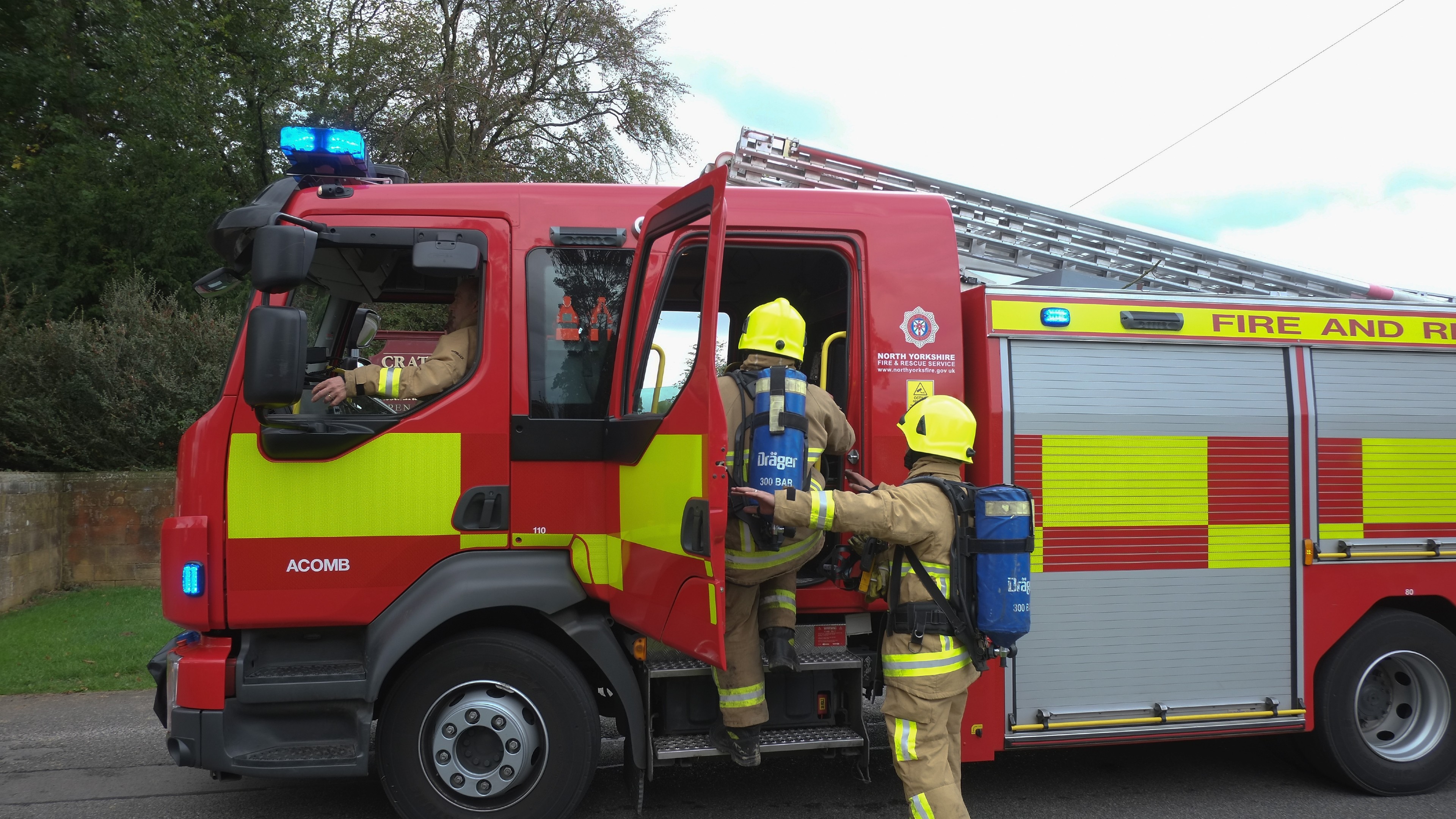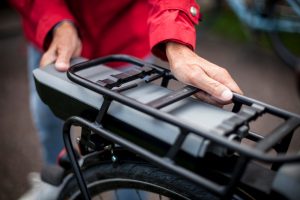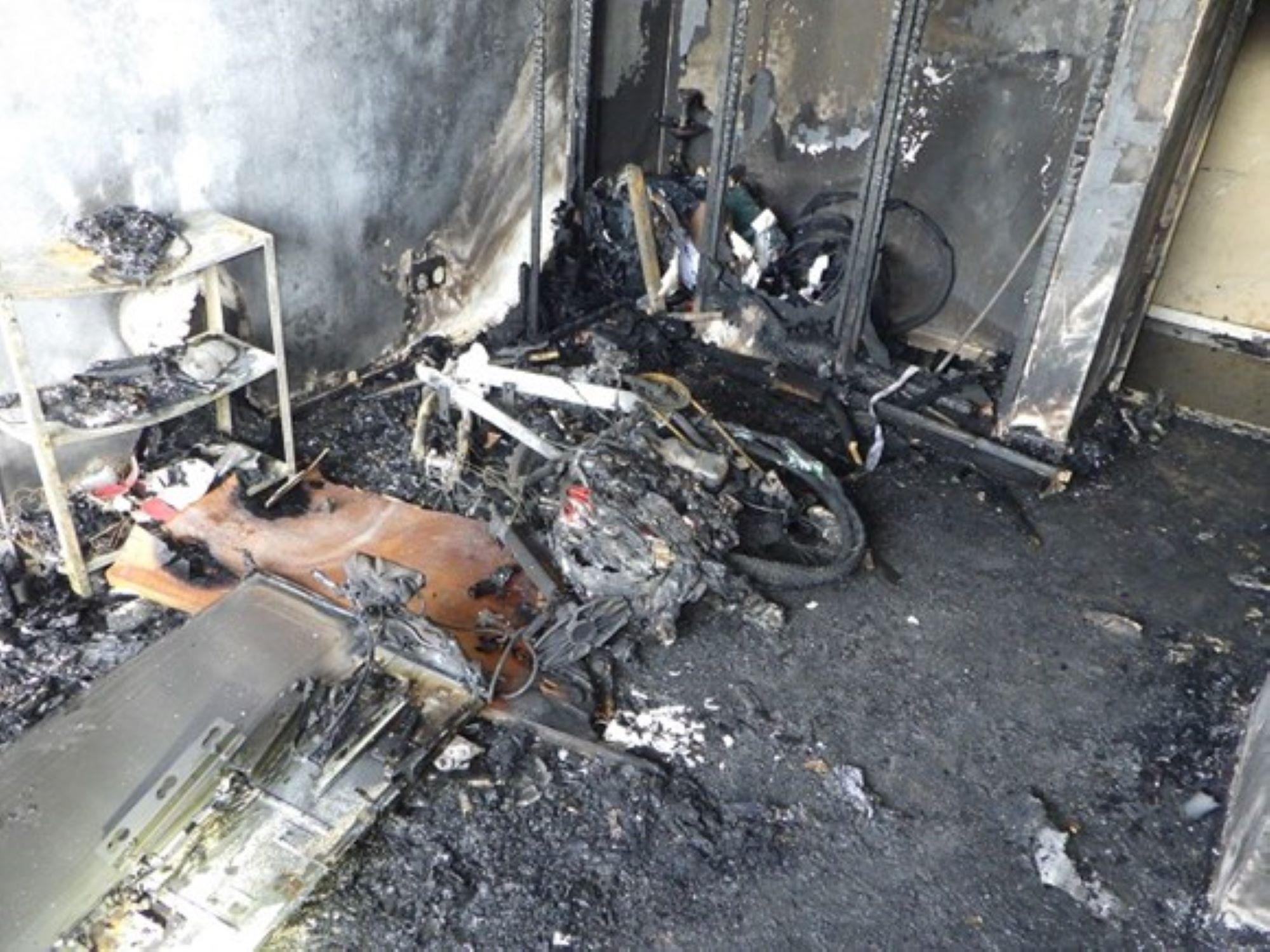Do e-bike batteries spontaneously combust? After another house fire and a London Fire Brigade safety warning, how worried should we be?
London Fire Brigade reports 'incredibly concerning rise in incidents involving e-bikes and scooters'


Less than 13 days after we first reported a blaze caused by an electric bike battery failing, London Fire Brigade (LFB) has issued a further safety warning after dealing with another house fire caused by what its investigators believe was a failure of lithium-ion batteries for a converted e-bike.
Five people were taken to hospital suffering from smoke inhalation following the fire at mid-terraced house in Walthamstow, East London earlier this week.
In June, 60 firefighters were called to another very serious e-bike blaze in West London.
At the time of the West London fire, Charlie Pugsley, the LFB's assistant commissioner for fire safety, stated: “It’s incredibly concerning that we are continuing to see a rise in incidents involving e-bikes and e-scooters" .
“When these batteries and chargers fail, they do so with ferocity and because the fires develop so rapidly the situation can quickly become incredibly serious."
The LFB says it's already attended over 30 fires linked to electric bikes in 2022.
So, does this mean that all electric bikes pose a fire risk and that e-bike riders need to worry? We sought out some expert opinions.
Get The Leadout Newsletter
The latest race content, interviews, features, reviews and expert buying guides, direct to your inbox!
Firefighters have issued another e-bike safety warning today after five people were hospitalised following a house fire in #Walthamstow The blaze is believed to have been caused by a converted e-bike's battery https://t.co/0hqKKwRQqr pic.twitter.com/iBvo6jA50HJuly 4, 2022
Are lithium-ion batteries really hazardous?
Rechargeable lithium-ion batteries are extremely common. As well as in e-bikes you'll find them in everyday electronic devices such as cameras and, of course, smartphones.
Over the years, there have been a number of reports of fires caused by faulty phone batteries and chargers, so does that mean they're dangerous? The answer is, in the majority of cases, no. But there will be exceptions.
"Lithium-ion batteries are a good option for e-bikes because they can store a lot of energy within a small space with an energy density of up to 100 times higher than other battery alternatives," says Oscar Moyo BEng Msc MINCOSE MIET, lead systems engineer at TT Electronics.
"The batteries are essentially made up of rechargeable cells with interposed lithium compound or electrolyte between the anode and the cathode, with the electrolyte allowing electrons or ions to flow from electrode/anode [charging port] to the other cathode.
"When these types of batteries explode, it's mainly due to the flow of the ions becoming abnormal or unstable and this can be caused by multiple of things, for example damaged cells, contaminants within the battery due to poor manufacturing as well as overheating, with overcharging the usual factor here.
"Any of these situations could lead to what’s known as 'thermal runaway' where the organic electrolyte within the battery is vaporised and pressure starts to build up within the battery casing.
"The result of this can be very unpredictable - it can be a rapid explosion, or a slow smouldering with occasional flare-ups. To get around this safety issue most expensive batteries have safety vents built into the case as a pressure releasing mechanism.

How do you make sure batteries are safe?
So all lithium-ion batteries need to be treated with respect. However, it appears that many of the reported fires have been caused by products that didn't come from trustworthy and known brands.
"We are predominantly seeing fires [in converted e-bikes] which have been purchased from online marketplaces and batteries sourced on the internet which may not meet the correct safety standards," says LBF's Pugsley.
So what are the correct safety standards?
According to Bosch, considered the industry gold standard of electric bike motor and battery systems, and found on many of the best electric bikes and best electric-cargo bikes: "Rechargeable batteries must generally satisfy the requirements of EN50604-1 and UN-T 38.3 if they are to be transported commercially.
"The test schedule according to UN-T 38.3 entails various safety tests on a prescribed number of rechargeable batteries that push the test specimens to their limits. These include e.g. overload tests, impact tests, short circuit tests, vibrations, thermal tests etc"
This test regime concludes with a UL 2849 safety standard being met.
Bosch states that "buying an e-bike or conversion kit with a battery that meets the UL 2849 certification means that an independent rigorous safety standard has been met.
"Compliance is ensured by third-party field reps conducting periodic, unannounced on-site inspections of certified products at the manufacturing locations worldwide."
Bosch is also keen to impress that: "It is important the entire e-bike system is certified and not just the battery. When factoring safety in your purchasing decision ask for confirmation that the complete system is certified to UL 2849."
Do your homework
"It's vital that people purchase an electric bike, or e-bike battery, from a reputable source - if it's a cheap option and seems too good to be true, it probably is," says Adam Sebes, owner and head mechanic of ATS Cycles, and on-call firefighter for Cheshire Fire and Rescue Service.
"Same goes for e-bike conversion kits," he continues. "Make sure the conversion is carried out by a professional mechanic who knows what they are doing.
"Even then it's still really important, when charging your electric bike, you do so safely to avoid a risk of starting a fire. Simple steps include not charging them via an extension cable where lots of other plugs are attached, as this can overheat the circuit.
"Ideally you want to charge it where you have a heat and smoke alarm, and be present when charging the battery. I know some people charge their bikes in an external garage, so it’s worth having a wifi heat and smoke alarm in there so you will get notified via your phone when you're not in earshot of the source alarm.
"Ultimately you are dealing with electricity, which can lead to disastrous outcomes, as unfortunately experienced by the household of the recent fire".

The aftermath of an e-bike fire at home
Moyo's advice is similar: "People can protect themselves from these e-bike fires/explosions by not using generic or third-party chargers. Only use the charger supplied by the manufacturer, and the cables and power adapter made specifically for the device.
"Avoid leaving charging lithium-ion batteries unattended, or overnight, and avoid placing the batteries near a heat source - including intense sunlight - for extended periods to minimise the chances of overheating.
"Reputable brands will spend a lot of time and money in developing a charger," says Moyo. "This will have a built-in smart sensor, which is temperature regulated, so it cuts the charge once the battery is full.
"Bad or cheap chargers don't do this. Without the smart sensor to reduce the charge into the battery, it will just continue to get hotter and hotter, which can cause the battery to ignite or explode.
Protect yourself
The take-home messages are ultimately, protect yourself and household by taking sensible measures when purchasing and then owning an e-bike.
"Always following the Fire and Rescue service recommendations will make sure you are protected from fire risk as much as possible," says Sebes.
E-bikes and e-scooters fire safety guidance can be found on the National Fire Chiefs Councils website, as well as regional fire and rescue websites, and includes, among others, the following recommendations:
- Follow the manufacturer’s instructions when charging and always unplug your charger when it’s finished charging.
- Ensure you have working smoke alarms. If you charge or store your electric bike in a garage or kitchen ensure you install detection, we recommend heat alarms rather smoke detectors for these areas.
- Charge batteries whilst you are awake and alert so if a fire should occur you can respond quickly. Don’t leave batteries to charge while you are asleep or away from the home.
- Always use the manufacturer approved charger for the product, and if you spot any signs of wear and tear or damage buy an official replacement charger for your product from a reputable seller.
- Do not cover chargers or battery packs when charging as this could lead to overheating or even a fire.
- Do not charge batteries or store your electric bike near combustible or flammable materials.
- Do not overcharge your battery – check the manufacturer’s instructions for charge times.
- Do not overload socket outlets or use inappropriate extension leads (use un-coiled extensions and ensure the lead is suitably rated for what you are plugging in to it).
- In the event of an electric bike or lithium-ion battery fire – do not attempt to extinguish the fire. Get out, stay out, call 999.

Thank you for reading 20 articles this month* Join now for unlimited access
Enjoy your first month for just £1 / $1 / €1
*Read 5 free articles per month without a subscription

Join now for unlimited access
Try first month for just £1 / $1 / €1
Hannah is Cycling Weekly’s longest-serving tech writer, having started with the magazine back in 2011. She has covered all things technical for both print and digital over multiple seasons representing CW at spring Classics, and Grand Tours and all races in between.
Hannah was a successful road and track racer herself, competing in UCI races all over Europe as well as in China, Pakistan and New Zealand.
For fun, she's ridden LEJOG unaided, a lap of Majorca in a day, won a 24-hour mountain bike race and tackled famous mountain passes in the French Alps, Pyrenees, Dolomites and Himalayas.
She lives just outside the Peak District National Park near Manchester UK with her partner, daughter and a small but beautifully formed bike collection.
-
 Save £42 on the same tyres that Mathieu Van de Poel won Paris-Roubaix on, this Easter weekend
Save £42 on the same tyres that Mathieu Van de Poel won Paris-Roubaix on, this Easter weekendDeals Its rare that Pirelli P-Zero Race TLR RS can be found on sale, and certainly not with a whopping 25% discount, grab a pair this weekend before they go...
By Matt Ischt-Barnard
-
 "Like a second skin” - the WYN Republic CdA triathlon suit reviewed
"Like a second skin” - the WYN Republic CdA triathlon suit reviewed$700 is a substantial investment in a Tri Suit, and it is, but you’ll definitely feel fast in it
By Kristin Jenny